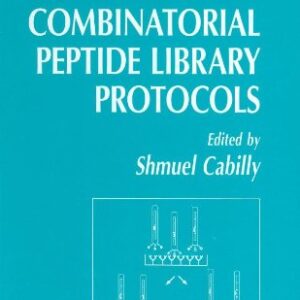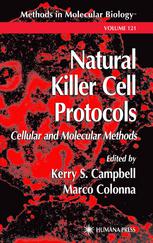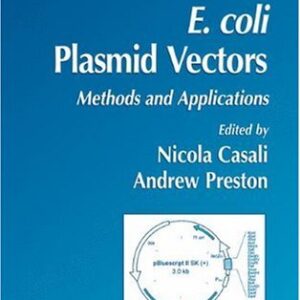Corynebacterium glutamicum was discovered in Japan in 1956 as a natural glutamate producer. Its ?microbial factory? qualities, such as its physiological plasticity and robust catalytic functionalities, have since facilitated the development of efficient production processes for amino acids, nucleotides and vitamins.
This monograph illustrates how the information gleaned from complete genome sequencing allows the rational engineering of the entire cellular metabolism and how systems biology permits the further optimization of C. glutamicum as a biocatalyst. Aspects of gene regulation, metabolic pathways, sugar uptake, protein secretion, cell division and biorefinery applications highlight the enormous biotechnological and biorefinery potential.

![[PDF] Corynebacterium glutamicum: Biology and Biotechnology Alain A. Vert?s, Masayuki Inui, Hideaki Yukawa (auth.), Hideaki Yukawa, Masayuki Inui (eds.)](https://pdfelite.com/wp-content/uploads/2024/04/17d25bf1d875d29272aa50bfa75a1c6c-d.jpg)




Reviews
There are no reviews yet.